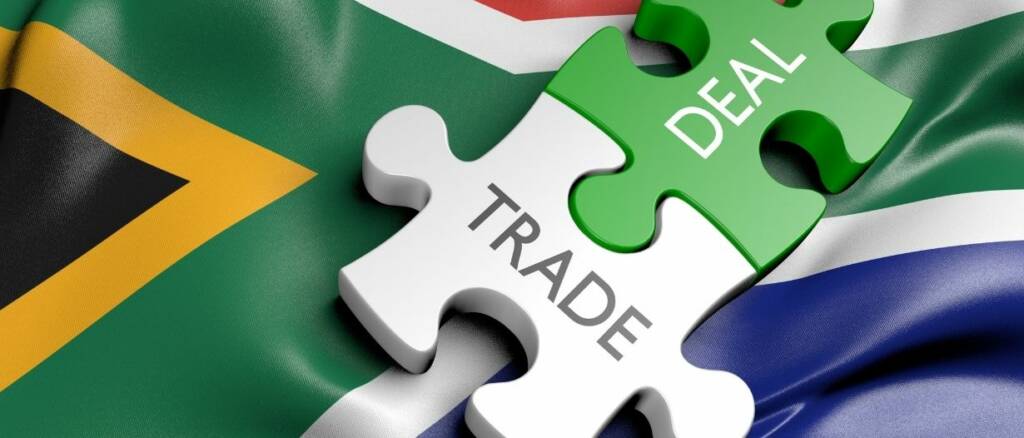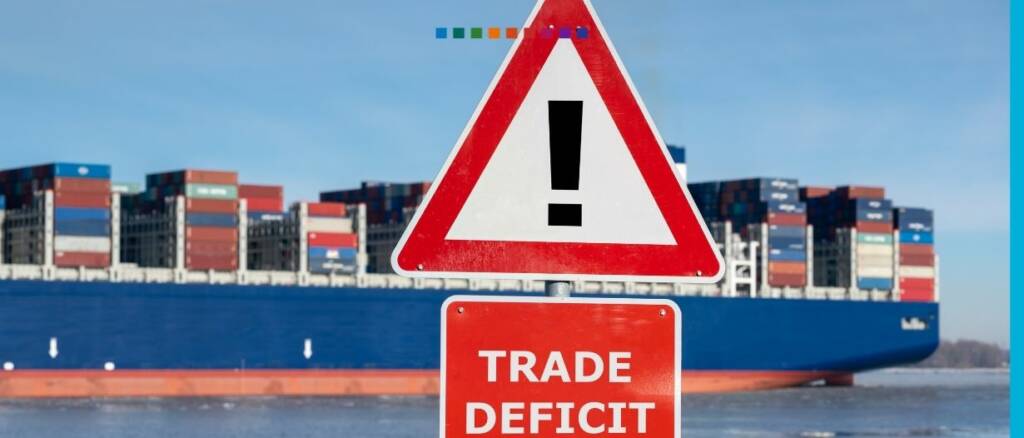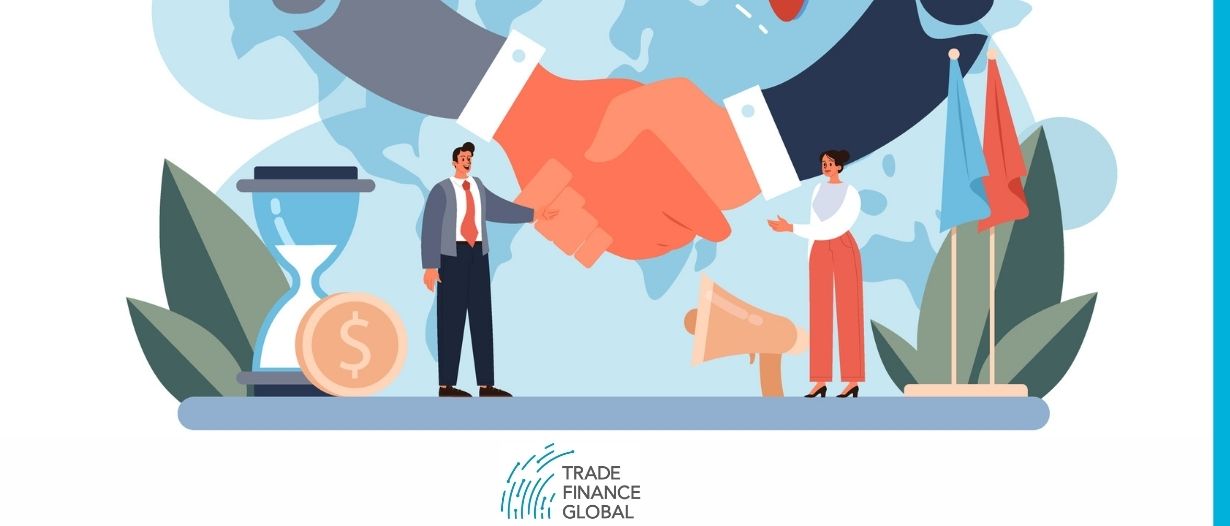Estimated reading time: 4 minutes
Trade – All you need to know
A trade occurs when two parties take part in buying or selling goods or services. The mechanism that allows trade to occur is called a market.
Trading occurs when a country exploits their abundance of resources by exchanging its surplus for a resource that another country can provide.
Trade can be traced back to over 9000 years. When Egyptian settlers came to Egypt, they quickly realised they did not have to be totally self-sufficient to produce everything they needed to live and survive by themselves.
An Egyptian farmer who reared cows could trade his meat for the grain that another farmer produced.
This idea expanded beyond local markets and now international trade between countries is key to the global economy and is the epicentre of economic growth and development.

Trade is essential for keeping a competitive global economy and lowers the prices of goods internationally as it spurs innovation and encourages markets to become specialised.
The ability to trade also allows access to goods and services that might be of higher quality and lower cost than its domestic alternative. In some cases, there may be no domestic alternative, and trade would then provide a resource that would otherwise be unattainable.
The impact of this is that a nation is able to focus its production around areas that it specialises in (or has the natural resources for) and then trade any excess quantity to a country that specialises in a different area.
An example of this would be Brazil providing its $26.66 billion abundance of ore in exchange for $11.37 billion worth of cutting-edge computer parts from China.
Since each nation has a comparative advantage in the respective good, they are able to trade with each other to both their benefits and global development is higher than it would be if it weren’t for international trade.

Trade is essentially the act of buying, selling, or exchanging goods between two or more parties.
To guarantee a constant global trade cycle, countries will enter trade agreements with other countries. Trade agreements allow countries to boost their economy and bring in a surplus of resources that are not locally available in abundance or at all.
Trade is carried out by local importers and exporters that will often organise the transport of goods either via land, water, or air. Continental trade is usually carried out by land, which is the cheapest.
Exporters may have to carry out some continental and international trade via boat or plane, with boats being the cheaper alternative.
The World Trade Organization (WTO) is the only organisation that helps importers and exporters carry out their trades by laying down clear, specific international rules and coming up with terms that trading countries then agree to and implement.
The WTO’s aim is to ease the barriers that prevent countries from trading in a productive, sufficient way.
To do this, the WTO facilitates the creation of trade agreements that go on to form the basis of its multilateral trading system. These agreements are legal contracts that allow for conflict resolution, provide transparency and predictability, and guarantee trade rights.
There is also a structured dispute settlement process. The WTO helps resolve conflict by understanding the original agreements that were put in place and ensuring that the policies are being followed correctly. This helps to prevent conflicts from becoming political.

A trade deficit occurs when a country imports more in goods and services than it exports.
When a country exports more than it imports, this is known as a trade surplus.
It is often the case that there is an imbalance between the amount of money that a country spends importing goods and the amount of money that they earn exporting goods.
For example, in 2021, Canada’s imports were $631 billion and its exports were $637 billion.
Since its exports were greater than its imports, Canada is said to have experienced a trade surplus in 2021; more specifically, it experienced a $6 billion trade surplus ($637 billion – $631 billion = $6 billion)
Generally speaking, from an economic perspective, countries try to minimise or avoid trade deficits.
While not necessarily a bad thing, a trade deficit that is too large or persists for too many consecutive periods may lead to unemployment, deflation, and governmental financial losses.
























